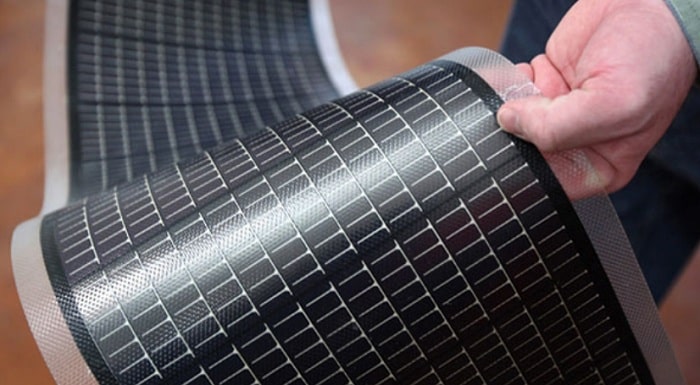CIGS (Copper Indium Gallium Selenide) thin film solar panels offer several advantages that make them an attractive option for solar energy generation. Here are some of the key advantages of CIGS thin film solar panels:
High Efficiency: CIGS thin film solar panels have demonstrated competitive energy conversion efficiencies, with some models achieving levels comparable to traditional silicon-based solar panels. This means they can generate a significant amount of electricity from sunlight.
Low Light Performance: CIGS panels have good low light performance, meaning they can generate electricity even in conditions of diffuse or low-intensity sunlight. This makes them well-suited for regions with cloudy weather or for installations with partial shading.
Flexible and Lightweight: CIGS thin film panels are flexible and lightweight compared to traditional rigid silicon panels. This flexibility allows for more versatile installation options, including curved surfaces and lightweight structures, which can be particularly useful in architectural integration and other unique applications.
Tolerance to High Temperatures: CIGS panels have a higher temperature coefficient than traditional silicon panels, which means they can perform relatively well even at higher temperatures. This characteristic can be beneficial in hot climates where traditional panels might experience efficiency losses due to overheating.
Better Performance in Diffuse Light: CIGS panels have shown better performance in diffuse light conditions, making them suitable for installations in areas with variable weather patterns or for locations with indirect sunlight.
Aesthetics and Integration: The flexibility and lightweight nature of CIGS thin film panels allow for more seamless integration into building materials, such as roofing materials or facades. This can improve the overall aesthetics of solar installations and make them more architecturally appealing.
Manufacturing Efficiency: CIGS panels can be manufactured using relatively simple and cost-effective processes, which could potentially lead to reduced production costs over time compared to some traditional silicon panel manufacturing methods.
Low Energy Payback Time: The energy payback time for CIGS panels—the time it takes for the panel to generate the same amount of energy it took to manufacture—can be relatively short due to their efficient manufacturing process and good energy conversion efficiency.
Less Sensitive to Orientation: CIGS panels are less sensitive to the angle of sunlight incidence, which means they can perform well even when not perfectly aligned with the sun’s position. This makes them suitable for installations with suboptimal orientations.
Reduced Material Usage: CIGS panels use less semiconductor material compared to traditional silicon panels, which can contribute to resource conservation and potentially reduce costs.
It’s worth noting that while CIGS thin film solar panels offer these advantages, they also have some challenges, including issues related to scalability, stability over time, and market competition. However, ongoing research and development in the field of thin film photovoltaics aim to address these challenges and further improve the performance and viability of CIGS panels for widespread solar energy applications.


